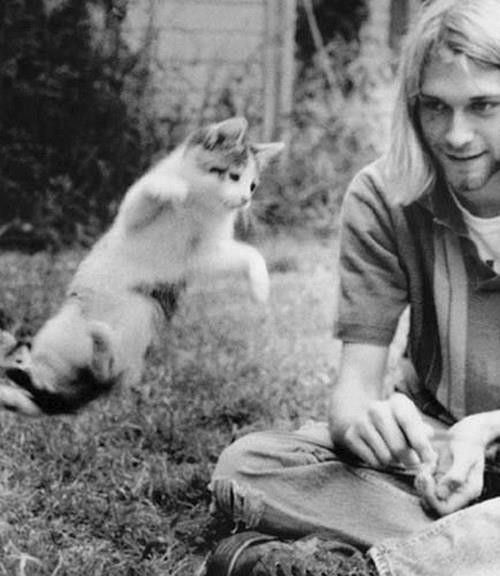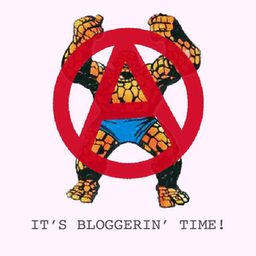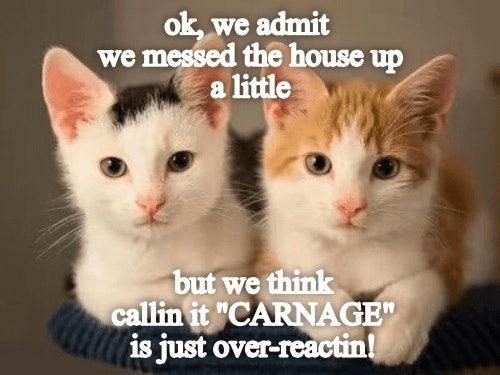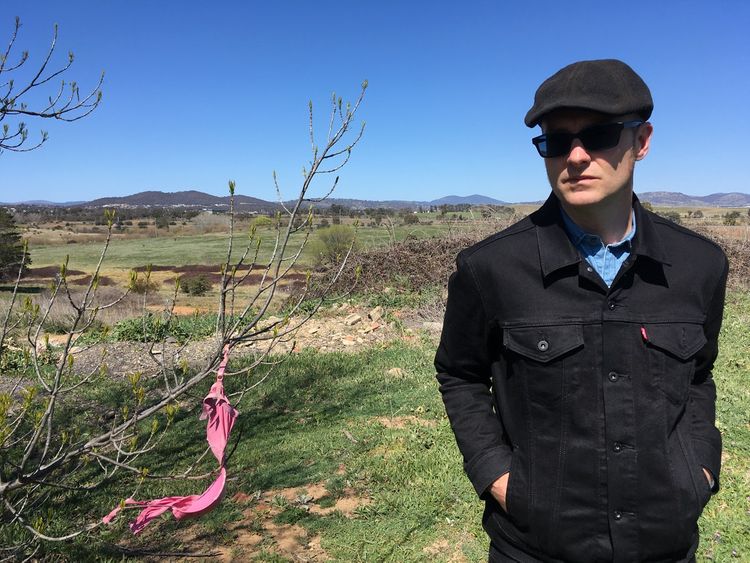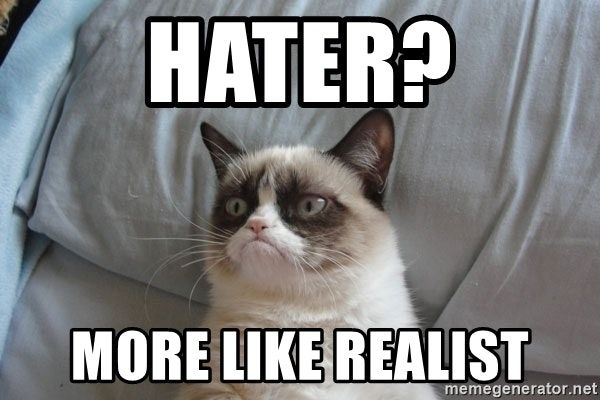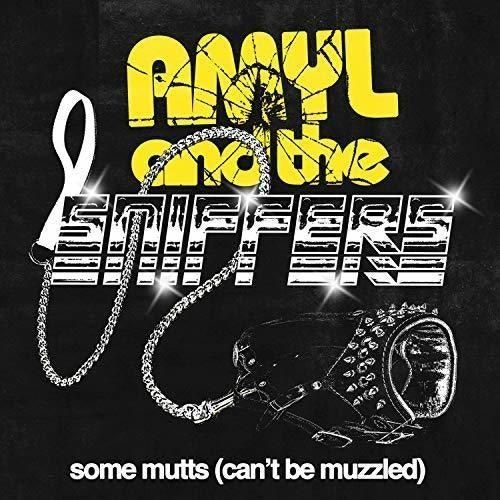Bat-Shaped Box
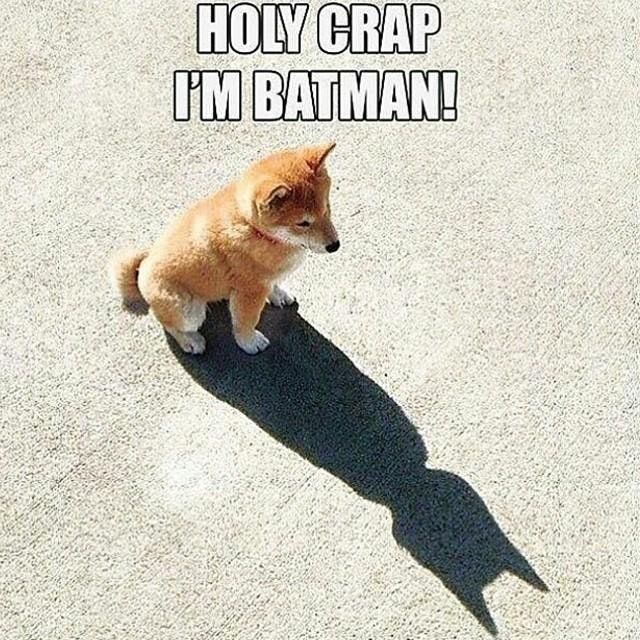
Prior the easy availability of free online pornography and all the other virtual tools for shared humiliation and cruelty, teenagers had to find something to do. Some pretended to be 18 so they could fight in WW1. Some collected comic books. Some did stuff in and out of cars that determined how they combed their hair, what products they used, and at what age they got married. For myself, when I was a teenager, my friend Ben Bertocci and I had a life diversionary tactic called “the cigarette game.” It consisted of us drinking a lot of whiskey and/or cough syrup and burning each other with lit cigarettes. Not to the point of boiled flesh, but just long enough to keep a night in a small, oppressively treed town like Great Barrington, Massachusetts peppy. We weren’t innovators but it was the 1990s and, perhaps intuiting that our collective cuteness was running on fumes, we embraced the zeitgeist of nihilism-lite. A few short years before Anthony Kiedis would famously sing “I like my pleasure spiked with pain,” Ben and I were hip to the fact that time moves faster for dum dums.
Speaking of which; there’s a new Batman movie coming out.
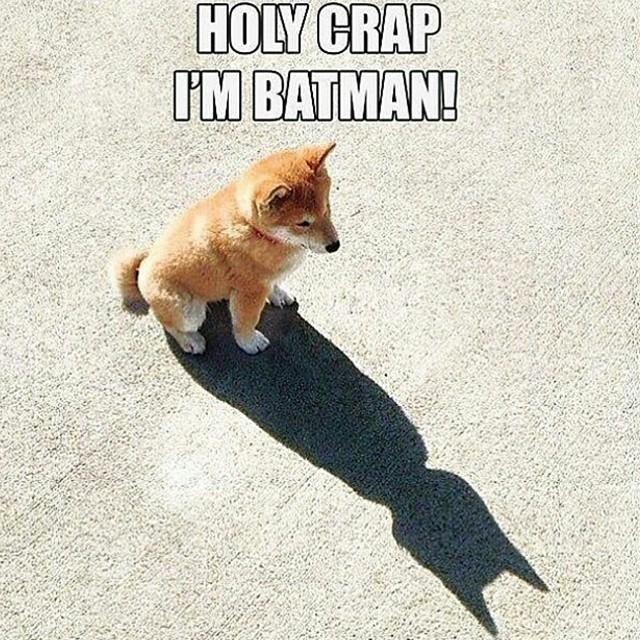
The Tim Burton Batman was, if we consider the Superman series a kid-focussed dry run, the first modern superhero film. It came out in June, 1989, when I had just turned fourteen. I saw it on opening day. When Billy Dee Williams appeared on screen, I called out “aw he’s two faced!” I remember people in the audience laughing but, also… you know that Bill Burr routine about how some recollections make you scream to yourself in the shower?... Anyway, I also remember how the Batman fan base was in a state of furious disbelief at the idea of the egregiously non-square-jawed Michael Keaton playing Batman alter-ego Bruce Wayne. The rage dissipated once the movie came out and everyone saw just what charm and plastics could do. Over the years, I went to all the Batman movies in the theaters. All the way up to the third Christopher Nolan directed dirge when, perhaps feeling as though I was still sitting through the approximately five year run time of the previous Bat-film, I made the unconsciously wise decision to not even notice when it came out. Also, once you’ve seen Cruising, it’s difficult to give Bane too much credence as a viable supervillain.
I tried to watch the recent JLA/Batman vs. Superman/etc movies but found them literally (using the term correctly) unwatchable. Even in a world that contains Tool, Death in June, and Chelsea Wolfe, I find it hard to fathom how art so grimly tedious can be made. Even in the context of a universe churning out injustices like it was its job, I still managed to find some anger on Ben Affleck’s behalf. Bridge Nine’s most likable baby boy deserved better than all that cinematic purgatory.
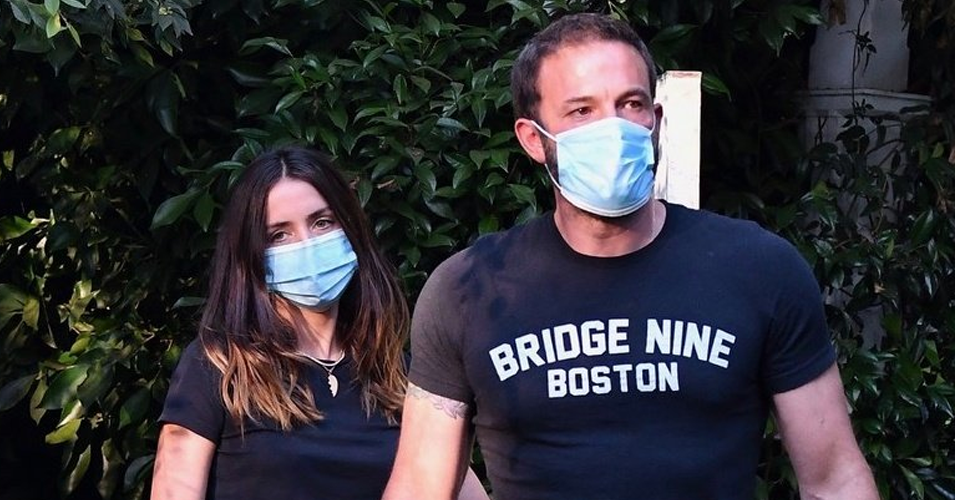
Now, in a year hard pressed to outdo itself in terms of bleak, empty-headed fascistic signifiers, the trailer for a new Batman has arrived, like a fart in a sinking U-boat. And it has a Nirvana song in it.
It occurs to me that, while this is a friendly newsletter, shared amongst friends, that it might be presumptuous for me to assume all my readers have the same familiarity with either Batman or Nirvana. Batman was a superhero created in 1939 by Bob Kane and Bill Finger. He first appeared in Detective Comics #27. In the 1960s there was a popular TV show based on his exploits. That show holds up better than 90% of the cultural artifacts of its time but is also the reason every headline pertaining to funny books for the last sixty years has been a variation of “POW! BAM! Comics Aren’t Just For Kids!” Susan Sontag wrote a famous essay about it I think. The best version of Batman, a lithe acrobat wielding a magnifying glass, was done in the mid-’70s by Neal Adams and Denny O’Neil. Since the 1980s, this billionaire playboy who dresses in a bat unitard and fights crime has served as a metaphor in both social and economic policy. The population of the world can be divided between those who prefer “colorful and fun” Batman or “dark and realistic” Batman.

The guitar-pop band Nirvana were the white Tupac; great artists whom tragedy oversold, but only by a little. Nirvana were so good there are half a dozen pale imitations of them that are better than more original bands. They had more people coasting on flimsy associations with them than the Beatles. They were so good that they got better the more popular they became, to the point of their arguably best album being a promotional concert for the Viacom corporation. Never has a band transcended the line between integrity and absurdity so well. Also they had hits for days, a killer to filler ratio unparalleled by anyone outside of The Sex Pistols or Mary Margaret O'Hara, and enough excess charisma to, upon their dissolution, support their drummer’s lifetime career in documentary cameos and better-than-passable stadium rock.Their influence on culture was broad enough to give us both Gwen Stefani and Gavin Rossdale. Their 1991 album Nevermind has sold over twenty-five million copies. Every person who bought one eventually either made out with or beat up a Velvet Underground fan.
By the time Ben Bertocci and I were putting cigarettes out on each other’s arms, Nirvana was largely pas·sé within our set. Ben listened to Celtic Frost and The Pogues exclusively and I, being extremely seventeen and at the very beginning of a long journey towards the light, was busy holding the back cover of the first Bikini Kill EP up at different angles, missing all sorts of points, trying to get a better view of Kathleen Hannah’s underwear. We were jettisoning ourselves out of bad-memory high school concerns and Nirvana, despite all Kurdt’s efforts, was jock shit.
Of course, as mentioned, we weren’t smart guys. And once I actually got over highschool, around 2003 or so, I got back into Nirvana. Or at least Bleach and Incesticide. (I took way too long to really get into In Utero. Its sound was too... alt for my snob blood at the time. Now that I hear it for what it is: the first and only pigfuck Americana album, I love it.) I never went back to listening to Nevermind regularly, but only for the same reasons I don’t drink cough syrup recreationally anymore (besides the fact that they took out all the good stuff); I don’t need to. I know the emotional state by heart. I can close my eyes and remember every note of the record. I can feel every sensation of walking through my high school halls for hours, listening to “Drain You” on repeat on a borrowed walkman, skipping every class, and, even pre-Columbine, worrying my guidance counselors into a tizzy. How can actually listening to the record compete with such devotional and bittersweet nostalgia? It can’t. I still enjoy the record (very much), but it can only, at best, feel like an exceptional, maybe a bit too self-aware, remake of a classic. Soderbergh’s The Limey, if I’d seen Boorman’s Point Blank when I was fifteen. And constructed my personality around it. (Jeepers, I’d be so freakin’ tough if that had been the case. Sharp suits and fistacuffs instead of an entire identity built on having thumb-holes in my cardigans. Oh well, maybe next time around.)
The Nirvana song in the Batman trailer is “Something In The Way,” the last song (besides hidden track) on Nevermind. The album version, supposedly (but not really) about Cobain’s time living under the Young Street Bridge after being thrown out of his mother’s house, is dry and sparse. The drums and bass are so understated that someone (like me) who hasn’t listened to the song in years could be forgiven for misremembering the song as purely and solely acoustic. The acoustic guitar itself (according to Wikipedia; a 12-string Stella played with five, rarely tuned, nylon strings) sounds as though its strings are repulsed by the body and don’t care where they go as long as it’s far away. Only Kirk Canning’s cello competes with Cobain’s close-talker confessional vocals. In the 1991 Village Voice Pazz & Jop critics poll, I remember a scallywag calling Nevermind something to the effect of “Husker Dü with better production” so I guess this would be Nirvana’s “Never Talking To You Again.” Though arguably Cobain’s guitar sound on “Something In The Way” and inarguably Bob Mould’s guitar sound for the entirety of Husker Dü’s discography both exist outside the realm of mortal judgement. (And yes I read Pazz & Jop when I was 16… how else do you think I’ve managed to be both so dashing and disappointed in Sonic Youth’s writeups vs their actual sound for over thirty years?)
The version of Nirvana’s ballad played in the background of the trailer for Felicity (1998-2002) director Matt Reeves’ version of The Batman is… neither dry nor sparse. It’s apparently a “remix” but that term implies that there were elements in the original song that have just been pushed higher in the mix. But unless Nirvana and Butch Vig had somehow predicted the overwrought cyber-operatic tendencies of Trent Reznor’s soundtrack work and then hired Evanescence-as-ten-year-olds to lay down some stems, that they then hid somewhere on the property of Courtney Love’s palatial estate, I call “hogwash.” The song accompanying the two minutes and thirty three seconds of swirling matte self-seriousness, leavened only by the momentary outline of Rob Pattison’s shapely butt in the headlights of a truly janky looking Batmobile, is a gauche mudslide. The excessive strings and synths don’t sound canned, they sound pickled. The goonish, plodding drums make one nostalgic for an alternate, more subtle, tasteful reality where all the kicks and floor toms on Led Zeppelin 4 were gated. I guess it’s an “orchestral” version, with aspects of Michael Giacchino’s (who did nice work on Spiderman: Far From Home) score added? But, in the words of Salieri, fuck an orchestra. The trailer looks and sounds like shit. Literal, pipe clogging, plumber spirit breaking, family budget annihilating, shit. I’m doing due newsletter journalism diligence and just heard that Matt Reeves said that his inspiration for The Batman was Polanski’s neo-noir masterpiece Chinatown. Only the dead could be more moronic, and I envy them. The words “gritty” and “realistic” were the worst thing to ever happen to superheroes. I hope Alan Moore’s snake god eats his toes. I hope Frank Miller is reincarnated as Frank Miller.
At the risk of veering into “I’m not mad I’m laughing actually” territory, and death wish hyperbole aside, I don’t really care about the new Batman trailer. The ambient-aggressions of zombie square culture are a hassle I’ve learned to live with and occasionally enjoy (See: most other superhero movies, Matt Damon as a romantic lead, Fall Out Boy’s Save Rock and Roll, cocaine). I don’t need to ever see the movie. If you’re a kid and you’re excited about The Batman, and if you somehow, against all reason, are reading my newsletter; ignore me. Go see the movie you’re excited about and I hope you love it. I’m an angry, disconcertingly handsome person to whom you own nothing, least of all your attention. Further, Nirvana doesn’t need defending from subsumption into the Greater Gritty and Realistic Inanity. Those ships sailed long ago and anyway, it’s safe to say… worse things have happened to the band. And it’s unlikely anyone’s attachment to the band’s art will be diminished by its association with what will probably, at worst, be just the third or fourth dreariest Batman movie (depending on where one stands on the “fun vs. dark” Batman divide). For some, those for whom nothing on God’s green earth can every be too “on the nose,” this may even add to their appreciation. And good for them! Finally, if the royalties from the use of “Something in the Way” (which is now #19 on the iTunes Top 200) buys Courtney Love a new diamond encrusted pill box, and gives her the peace of mind to never bother Linda Sarsour on twitter again, I’m happy for her and Sarsour both. I’m not mad at The Batman. Looks like more fun than the Joker movie tbh. I’m just, you know, talking over here.
One thing I found interesting, in neither the negative nor positive, was online’s reaction to the trailer. That, more than the trailer itself, is what sparked this essay. Even as I maintain this pose as someone living a life of bemused distance from any urge to defend or denounce the band that meant so much to my adolescent self, I admit reading a hundred (ok maybe more like twenty) tweets calling Nirvana “emo” got to me. This was new. Unchartered waters. Like the day that the outside, heretofore unexamined collective psyche, came and met the expanding man. I’ve known for a while that “emo” no longer meant what it meant when I was a teenager, but this felt like an extension of the language, maybe even a perversion, that I was wholly unprepared for. Emotionally speaking, no pun intended. I mean, I really had to check in on myself.
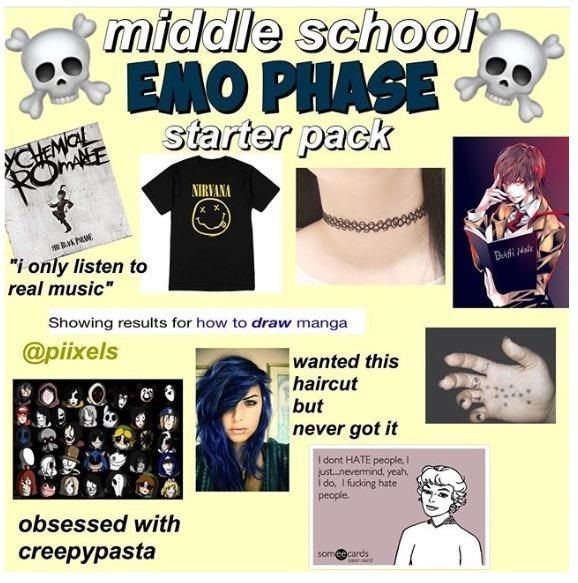
After breathing in and out of a paper bag for ten or twenty minutes, I regained my equilibrium. Stepping outside the admittedly intolerable situation, I realized that I was underestimating the cultural weight of Robert Pattinson. As the pallid and surly heartthrob of the Twilight films, Pattinson has been on the vanguard of the diminution of the terms “goth” and “emo” to their current meaning as “anything (and everything) sad.” No amount of critical acclaim, dating of FKA Twigs, or cameos on Death Grips or Tindersticks songs can negate the archetypal anti-light reverberations of Pattinson’s dark star being born. To deny his smoldering, sensual, language-transmogrifying power is to be the shade of a Roman praetor crying in his soup over the (presumably) smoldering, sensual, mathematical bastardization of the word “decimate.” Point being; any movie Robert Pattinson stars in will inevitably have the term “emo” attached to it, regardless of soundtrack. With this perspective, I felt 1/10th better.
Continuing in this expansive mood, I’m inclined to at least be open to grunge’s premier power trio being taken as emo by the feral and depressive youth. I mean, even outside the natural evolution of language, an argument can be made. Certainly the “emo” bands that have existed for the last two decades share more sonically with Nirvana’s melodic, broad brush chording than they do the spastic blurting of so-called originators of emotional hardcore like Rites of Spring, or even the more tuneful Jawbreaker. We say Edison invented the lightbulb not because he developed the first incandescent light bulb, but because he developed the practical device we all use. So why not apply that logic to emo? I suppose the counterpoint would be something like Cap’n Jazz or *shudder* American Football. But I’ve never listened to either for more than a minute so I can’t be constrained by variables outside my capacity (or attention span). In a parallel vein, didn’t Nirvana, by simultaneously allowing for the popularity of Smashing Pumpkins and existing as a counterintuitively -considering their own popularity- cooler alternative to Smashing Pumpkins, create the atmosphere and stratosphere for the high school bullying of some critics, some of whom now operate as emo gatekeepers? Thus flapping the butterfly wings that would determine said critics entire world views, and resultant critical emo coverage three decades later? Rolling Stone Magazine called Sunny Day Real Estate the greatest emo band of all time but do you think Jann Wenner has even heard of Sunny Day Real Estate? Hell no. Just switch them out for Nirvana and everyone gets a U2 wine koozie and a raise. I mean, who’s to say what Nirvana did and did not create? If the gnostics hadn’t cruelly revealed the Demiurge as a false god, we’d all just think of him as God, and what would the harm be in that? Proto-emo (by today's standards) heartthrob Evan Dando believes all sorts of crazy shit. Doesn’t make him any less a sweet babboo.
I won’t pretend that in 1993, when Ben Bertocci and I were extinguishing our clove cigarettes on each other in the shadow of Monument Mountain, I dreamt that I’d someday become an apologist for zoomer grunge misunderstanders. I thought I’d end up either a waiter at The Red Lion one town over or a druid. If I’d known my fate, or that in 2020 people would be having serious discussions about Bruce Wayne’s responsibilities to the social contract, I’d have perhaps asked Ben to aim his cigarette a tad higher, maybe even just for precautionary kicks. But then again, maybe not. After all, in 1993, Kurt Cobain was still alive. There were all sorts of possibilities we were utterly detached from.
